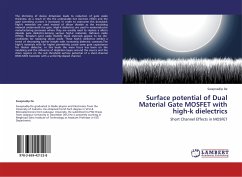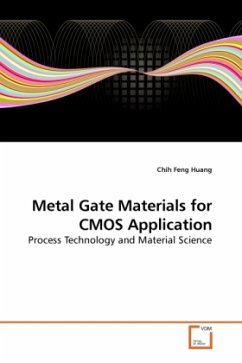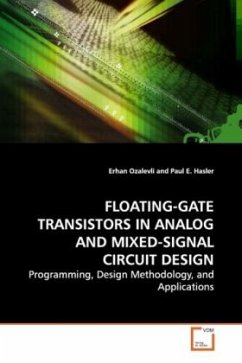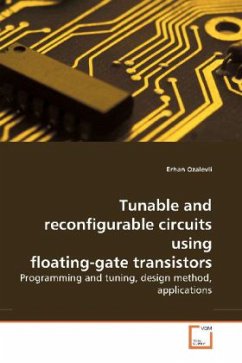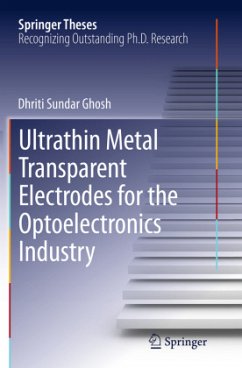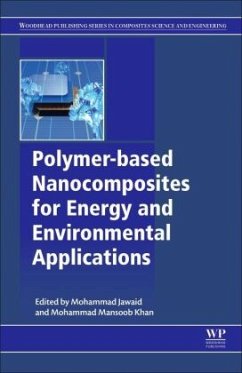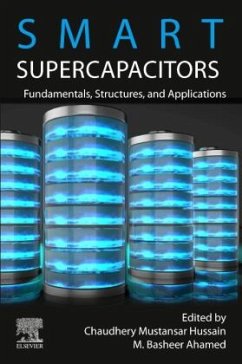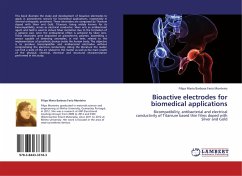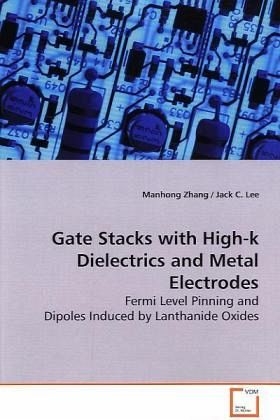
Gate Stacks with High-k Dielectrics and Metal Electrodes
Fermi Level Pinning and Dipoles Induced by Lanthanide Oxides
Versandkostenfrei!
Versandfertig in 6-10 Tagen
39,99 €
inkl. MwSt.

PAYBACK Punkte
20 °P sammeln!
Continuing to scale down the transistor size makesthe adoption of high-k gate dielectrics and metalelectrodes necessary. However, there are still a lotof problems with high-k transistors such asFermi-level pinning (FLP), which affects flatbandvoltage Vfb and threshold voltages (Vth) directly.This book summarizes three FLP mechanisms in gatestacks with high-k dielectrics and metal electrodes a dipole formation through (1) the mechanism ofoxygen vacancy formation in a high-k dielectriclayer; (2) the hybridization between a metal gate anda high-k dielectric layer; and (3) the interactionbetween a...
Continuing to scale down the transistor size makes
the adoption of high-k gate dielectrics and metal
electrodes necessary. However, there are still a lot
of problems with high-k transistors such as
Fermi-level pinning (FLP), which affects flatband
voltage Vfb and threshold voltages (Vth) directly.
This book summarizes three FLP mechanisms in gate
stacks with high-k dielectrics and metal electrodes
a dipole formation through (1) the mechanism of
oxygen vacancy formation in a high-k dielectric
layer; (2) the hybridization between a metal gate and
a high-k dielectric layer; and (3) the interaction
between an interfacial SiO2 layer and a high-k
dielectric layer. This book focuses on the study of
FLP and dipoles induced by capping a thin lanthanide
oxide layer on a gate stack with a Hf-based high-k
dielectric. By examining Vfb shifts in specially
designed gate stacks, it is concluded that the
negative Vfb shift is due to a dipole formation at
the interface between the interfacial SiO2 layer and
a lanthanide silicate layer. The Vfb shifts by other
two FLP mechanisms are also studied. The book is very
useful for those who are interested in FLP and Vth
tuning in high-k transistors.
the adoption of high-k gate dielectrics and metal
electrodes necessary. However, there are still a lot
of problems with high-k transistors such as
Fermi-level pinning (FLP), which affects flatband
voltage Vfb and threshold voltages (Vth) directly.
This book summarizes three FLP mechanisms in gate
stacks with high-k dielectrics and metal electrodes
a dipole formation through (1) the mechanism of
oxygen vacancy formation in a high-k dielectric
layer; (2) the hybridization between a metal gate and
a high-k dielectric layer; and (3) the interaction
between an interfacial SiO2 layer and a high-k
dielectric layer. This book focuses on the study of
FLP and dipoles induced by capping a thin lanthanide
oxide layer on a gate stack with a Hf-based high-k
dielectric. By examining Vfb shifts in specially
designed gate stacks, it is concluded that the
negative Vfb shift is due to a dipole formation at
the interface between the interfacial SiO2 layer and
a lanthanide silicate layer. The Vfb shifts by other
two FLP mechanisms are also studied. The book is very
useful for those who are interested in FLP and Vth
tuning in high-k transistors.



